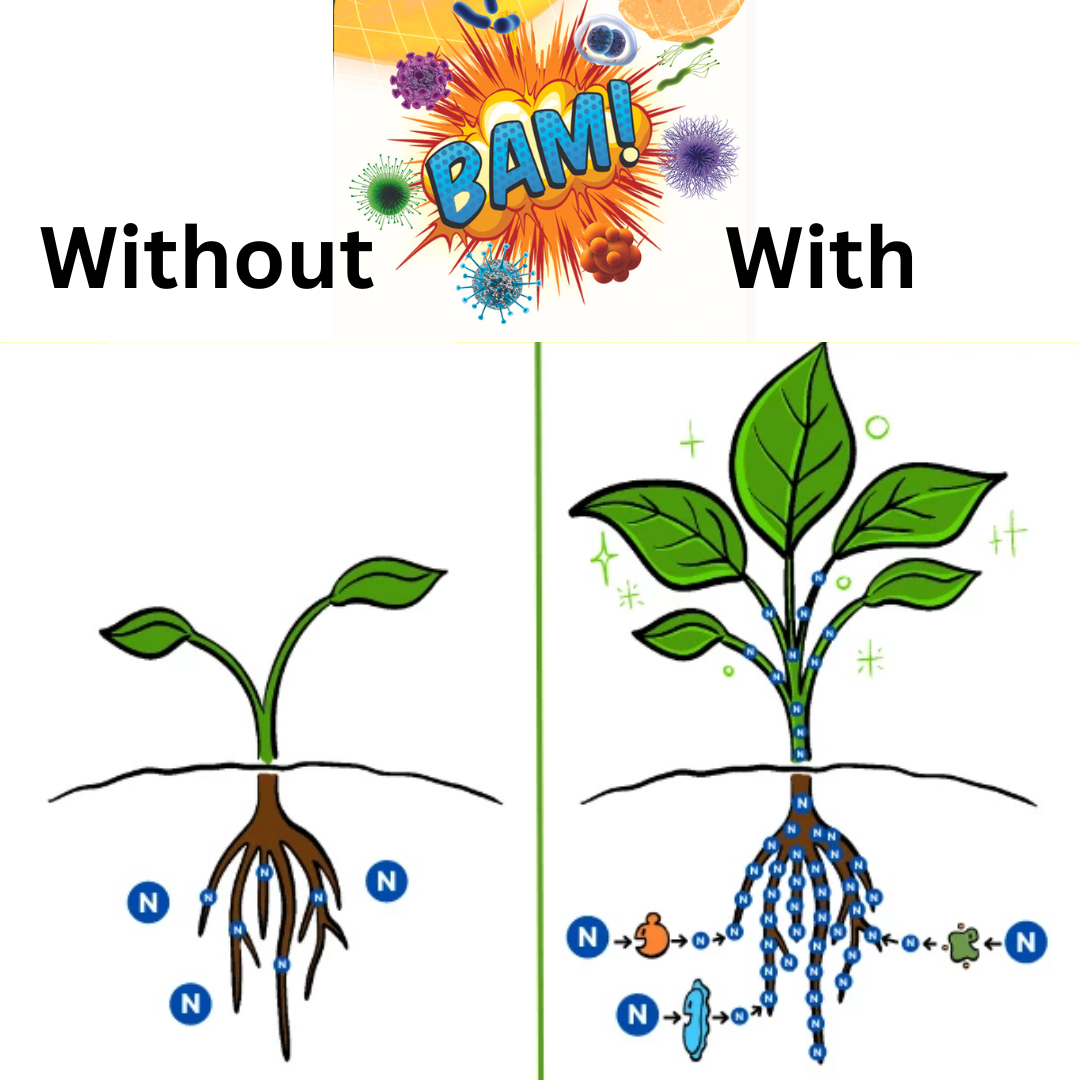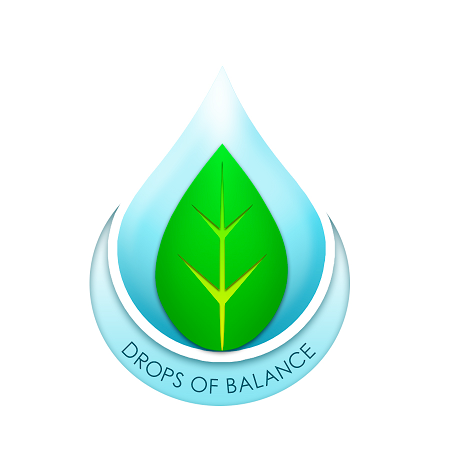Emerging Soil Contaminants Exposed: Why Your Organic Fertilizer Isn't Working (Plus the Trace Mineral Solution)
The promise of organic fertilizers as a sustainable farming solution masks a significant underlying problem: many contain substantial concentrations of trace metals that accumulate in soil over time, compromising both soil health and food safety. This paradox has emerged as one of the most pressing challenges in modern agriculture, where well-intentioned organic practices may inadvertently introduce long-term contamination risks.
Understanding Emerging Soil Contaminants
Emerging soil contaminants represent a complex and evolving environmental challenge that extends far beyond traditional heavy metals. These contaminants of emerging concern are unregulated pollutants increasingly detected in water, soil, and other environmental matrices, including per- and polyfluoroalkyl substances (PFAS), microplastics, pharmaceuticals, and pesticides.
What makes this situation particularly problematic is the phenomenon of co-contamination, where multiple pollutants exist simultaneously in soil. This mixed matrix creates compounding effects because coexisting pollutants can alter each other's physicochemical behavior and toxicity, subsequently affecting the effectiveness of soil remediation strategies. For example, combined metals and organic contaminants can exacerbate toxicity beyond individual effects or enhance each other's mobility and persistence in the soil matrix.
The challenge is further complicated by extreme weather conditions that affect contaminant behavior. Elevated temperatures increase pollutant volatilization, flooding mobilizes previously bound contaminants, intense rainfall accelerates leaching, and drought concentrates contaminants while enhancing soil oxidation.
The Organic Fertilizer Trace Metal Problem
Recent comprehensive research has revealed a troubling reality about organic fertilizers. A survey of 117 organic fertilizer samples collected in northern China demonstrated wide variations in trace metal concentrations, with some samples containing alarming levels: chromium ranging from 2.74–151.15 mg·kg⁻¹, nickel from 2.94–49.35 mg·kg⁻¹, and cadmium from 0.15–4.28 mg·kg⁻¹.
More concerning, Chinese organic fertilizer standard limits were exceeded in 5.98% of samples for arsenic, 4.27% for lead, 1.71% for cadmium, and 0.85% for chromium. These exceedances indicate that regulatory oversight of organic fertilizer quality remains insufficient in many regions.

The long-term consequences of repeated organic fertilizer application become apparent through soil metal accumulation modeling. Monte Carlo simulations demonstrate that repeated application significantly increases the concentrations of zinc, cadmium, and arsenic in soil compared with background levels. In North China, simulations predict that trace metal concentrations in soil would double from background levels in approximately 39 years with current application rates, while in Northwest and Northeast China, this doubling occurs within 46 years: particularly rapidly for cadmium, arsenic, and zinc.
Sources and Contamination Pathways
Soil contamination stems from multiple interconnected sources that create a complex web of environmental challenges. Rapid urbanization introduces contaminants through industrial emissions, road dust, construction materials, and waste disposal, contributing heavy metals, hydrocarbons, PFAS, and hazardous particles to soil systems.
Simultaneously, intensified agricultural practices add significant loads of pesticides, herbicides, synthetic fertilizers, and veterinary pharmaceuticals that accumulate in soil over time. The irony lies in organic fertilizers, which are produced from organic waste materials that may contain concentrated trace metals from their original sources: whether from industrial wastewater treatment, municipal biosolids, or composted materials from contaminated environments.

Health and Environmental Risks
The trace metals in organic fertilizers pose both carcinogenic and non-carcinogenic risks to human health. Arsenic and chromium particularly pose high risks as carcinogenic factors, especially through dermal exposure pathways. The bioaccumulation potential of these metals means they concentrate in plant tissues and enter the food chain, potentially reaching toxic levels in human consumers.
Environmental risks extend beyond human health concerns. Metals like zinc, cadmium, and arsenic can fundamentally alter soil chemistry and compromise soil functionality, reducing its ecological services. Soil microbial communities, essential for nutrient cycling and plant health, can be severely disrupted by elevated trace metal concentrations, leading to reduced soil fertility and ecosystem resilience.
The mobility of these contaminants also poses risks to groundwater systems. Under certain soil conditions, accumulated metals can leach into aquifers, potentially contaminating drinking water sources and affecting broader watershed health.
The Trace Mineral Solution Framework
Addressing the organic fertilizer paradox requires a comprehensive approach that balances the benefits of organic practices with the need for contamination management. The solution involves multiple strategies working in concert.
Quality Standards and Monitoring: Reducing the content of chromium, copper, zinc, arsenic, and cadmium in organic fertilizers represents the most direct approach to minimizing trace metal damage. This requires implementing stricter quality standards for organic fertilizer production and establishing comprehensive testing protocols.
Setting proper application amounts based on regional soil backgrounds and carefully monitoring key trace metals in different regions is critical. This approach recognizes that soil capacity for metal accumulation varies significantly based on soil type, pH, organic matter content, and existing contamination levels.

Water Treatment Integration: One often-overlooked aspect of soil health management involves the quality of irrigation water. Municipal water supplies frequently contain chlorine, fluoride, and trace contaminants that can interfere with soil microbiology and plant nutrient uptake. Treating water before soil application can significantly improve the effectiveness of organic fertilizers and reduce additional contamination inputs.
Advanced water treatment solutions that remove harmful chemicals while adding essential trace minerals create optimal conditions for soil health. When irrigation water is properly treated to remove contaminants and balanced with appropriate trace minerals, plants can more effectively utilize nutrients from organic fertilizers, reducing the need for excessive application rates.
Emerging Technologies and Management Strategies
Bioremediation and Natural Solutions: Bioremediation strategies provide effective management of soil contaminants through natural processes. Certain plants and microorganisms can extract or neutralize trace metals, offering sustainable approaches to soil restoration. Phytoremediation, where specific plants accumulate metals in their tissues, can gradually reduce soil contamination levels.
Advanced Detection Systems: The integration of artificial intelligence and machine learning offers significant advancements in predicting and managing soil contamination dynamics. Advanced sensors enable real-time detection of soil pollutants, allowing for precision management approaches that optimize fertilizer application based on actual soil conditions rather than generic recommendations.

Integrated Management Approaches: Supplementary practices such as no-tillage agriculture and strategic fallow periods can help maintain soil health while reducing metal accumulation risks. These practices work synergistically with proper water treatment and careful fertilizer selection to create comprehensive soil management systems.
The incorporation of beneficial soil amendments, including properly balanced trace mineral supplements, can help establish optimal soil chemistry that supports plant health while minimizing the bioavailability of harmful metals. This approach recognizes that soil health depends on the delicate balance of multiple factors rather than simply the absence of contaminants.
Implementation and Future Considerations
The path forward requires recognition that soil health management is fundamentally a systems approach. Simply switching to organic fertilizers without addressing water quality, application rates, soil monitoring, and trace mineral balance may inadvertently create long-term problems while failing to achieve optimal plant health.
Effective implementation involves establishing baseline soil testing to understand existing contamination levels, implementing water treatment systems that remove harmful chemicals while preserving beneficial minerals, selecting organic fertilizers based on trace metal content and regional soil conditions, and monitoring soil health indicators over time to ensure sustainable practices.
The emerging contaminant challenge in soil management represents both a significant problem and an opportunity for more sophisticated approaches to agriculture and horticulture. By understanding the complex interactions between organic fertilizers, soil chemistry, water quality, and plant health, we can develop management strategies that truly support sustainable food production while protecting environmental and human health.
Success in this endeavor requires moving beyond simple organic versus conventional paradigms toward integrated approaches that consider the full spectrum of factors affecting soil health, from the molecular level of trace mineral interactions to the ecosystem level of long-term sustainability.
